REVIEW – Techvest Underground Load Bearing Vest
ITEM: Tech Vest Underground Load Bearing Vest
MANUFACTURER: Tech Vest Australia Pty Ltd
DESCRIPTION:
A load-bearing vest intended for use in underground mining, based upon the South African M83 Assault Vest.
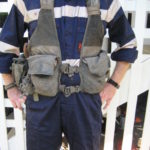
.
.
REVIEW NOTES:
This review comes courtesy of PIMS Group (http://www.pimsgroup.com.au/) who bought this rig as PPE (Personal Protective Equipment) for me while I was working in the underground coal mining industry.
.
Consider this review as part of the “Beyond” part of this site’s name, as an effort to contrast and compare other industries load bearing equipment solutions. This is also known as benchmarking in the corporate world – an effort to look over the fence at how others in similar situations conduct business to complete their job, and assess whether it may be suitable for other applications.
.
.
LINK:
http://www.techvest.com.au/Product.htm
.
.
SPECIFICATIONS:
MATERIALS –
– PVC woven mesh
– Cordura
– High Density Foam
– Fastex buckles
.
.
LAYOUT:

.

.
Like its older predecessor the M83, the Techvest consists of three major components:-
.
LEFT HAND PANEL –
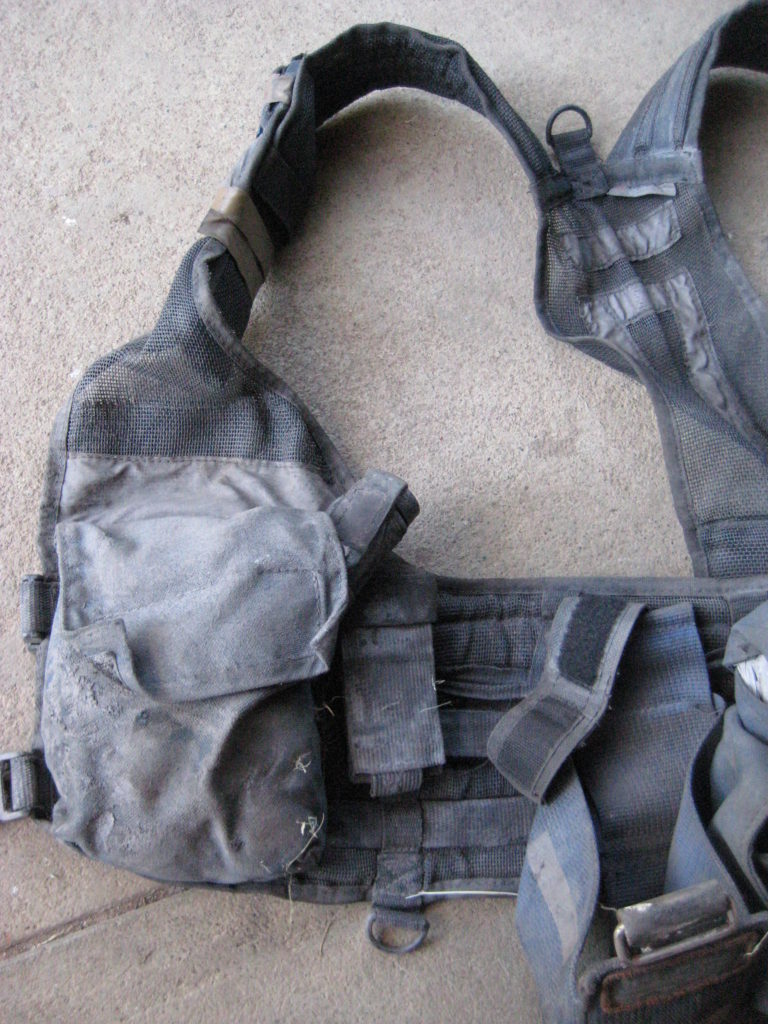
.
Starting from the buckles and working outward to the left is a pouch, low on the belt line, secured with velcro hook and loop. It’s sized at approximately 100mm by 150mm and is large enough to carry a notebook or measuring tape.
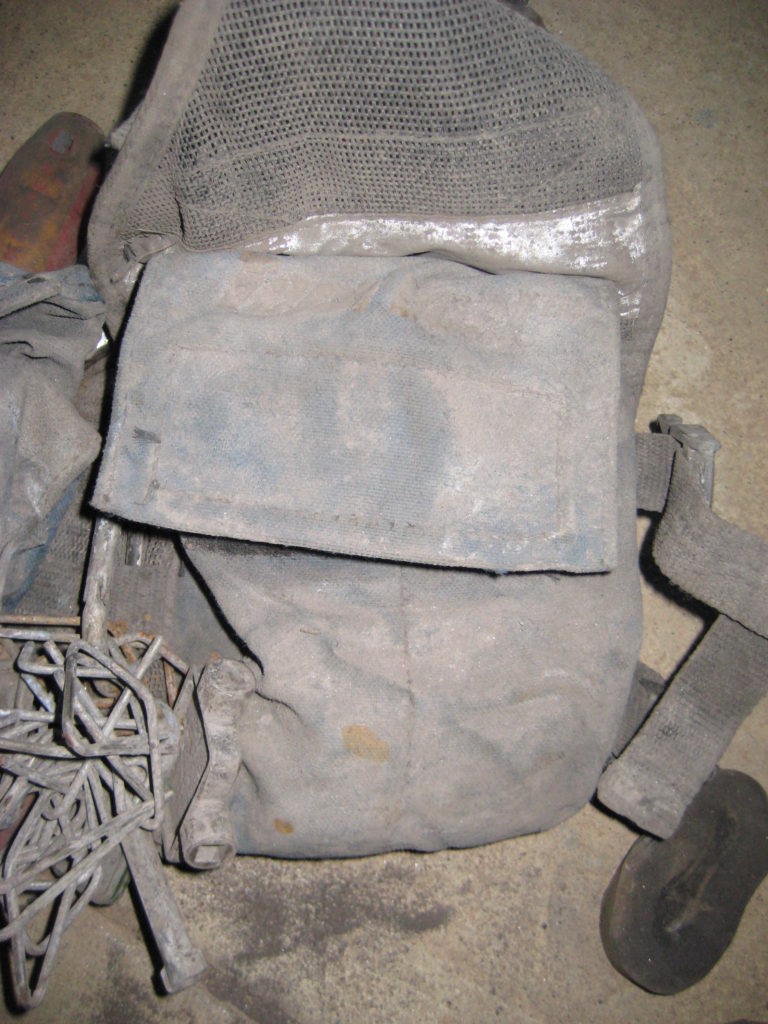
.
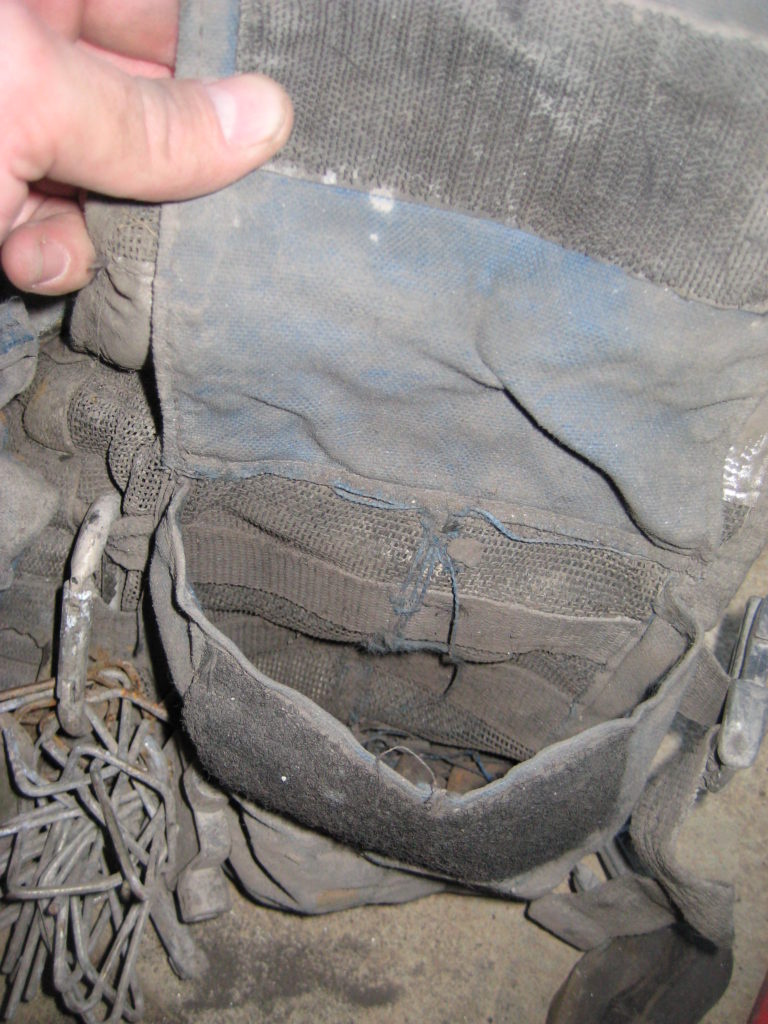
.
Above this pouch are two panels of high visibility reflective Scotch tape for underground use. These are very effective for highlighting movement in underground environments.
Moving around, there is a detachable General Purpose pouch that is laced onto the vest panel via webbing tape. It can be removed, and there is an option available to replace it with other pouches, thus providing a small amount of modularity.
The external surface of the GP pouch has high visibility scotch tape.
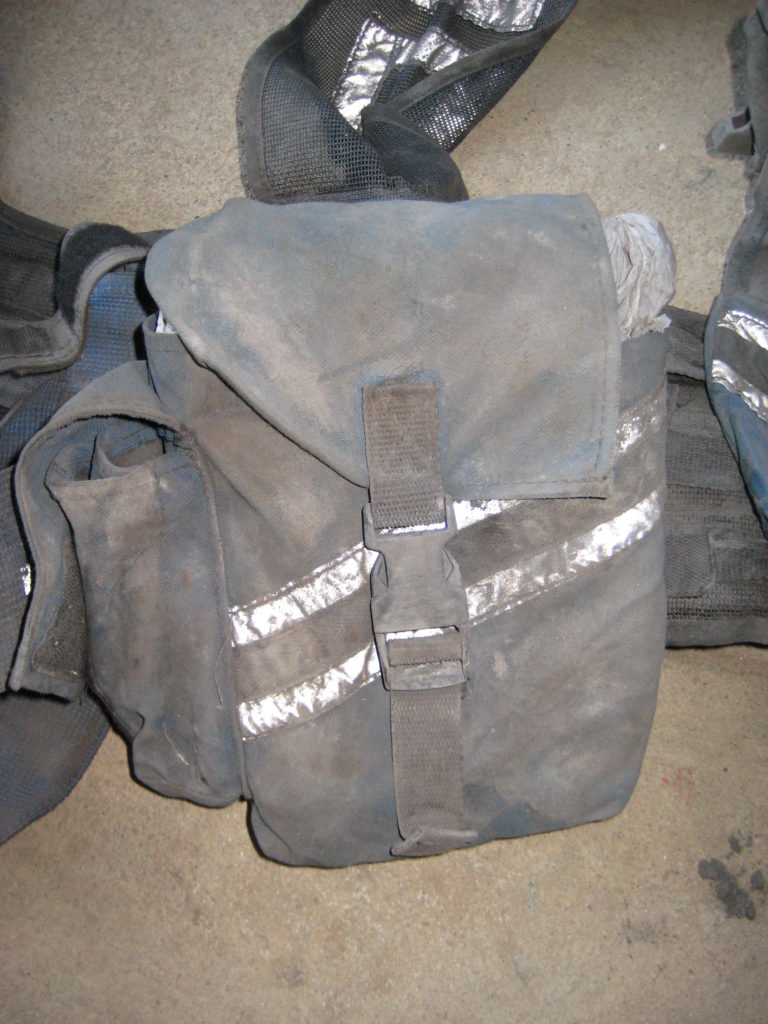
.
Just like the old M83 vest, the larger pouch compartment is secured via a Fastex buckle and has a smaller, Velcro-secured pouch on the side. Instead of the internal dividers for rifle magazines present on the M83, this is a single compartment pouch.
The entire panel is secured to the back panel by two webbing tape buckles at the top of the harness and 3 webbing tape buckles on the waist functioning as a cummerbund. This also pulls double duty, by attaching the General Purpose pouches.
.
RIGHT HAND PANEL –
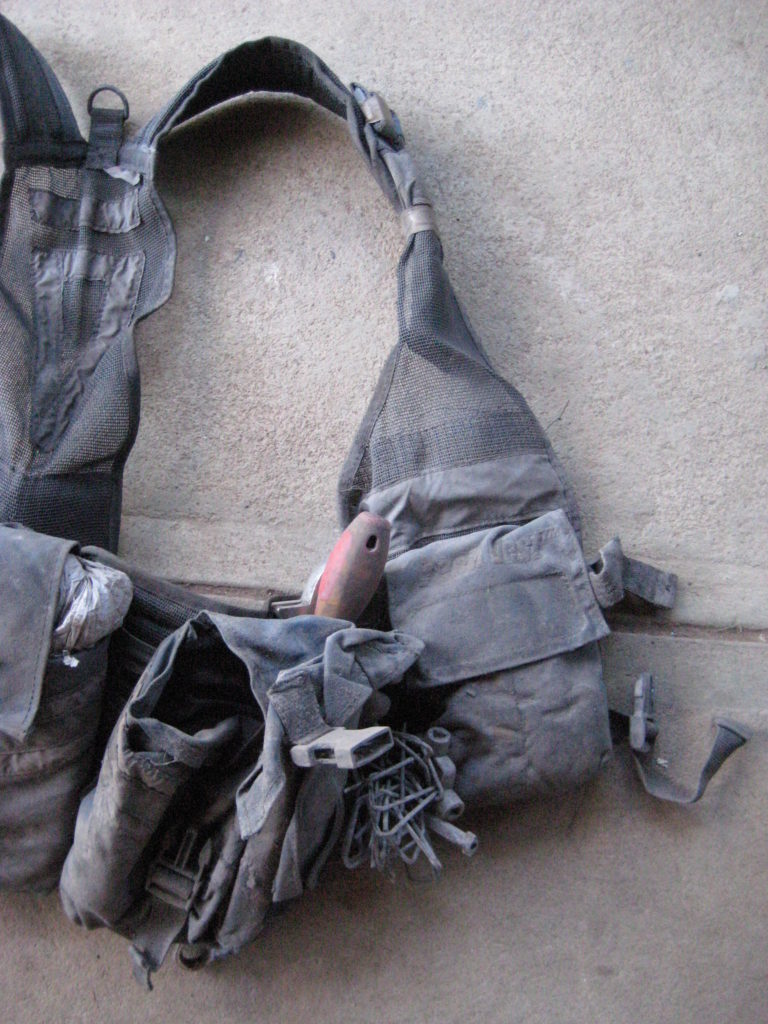
.
This is a mirror of the left hand panel.
.
BACK PANEL –
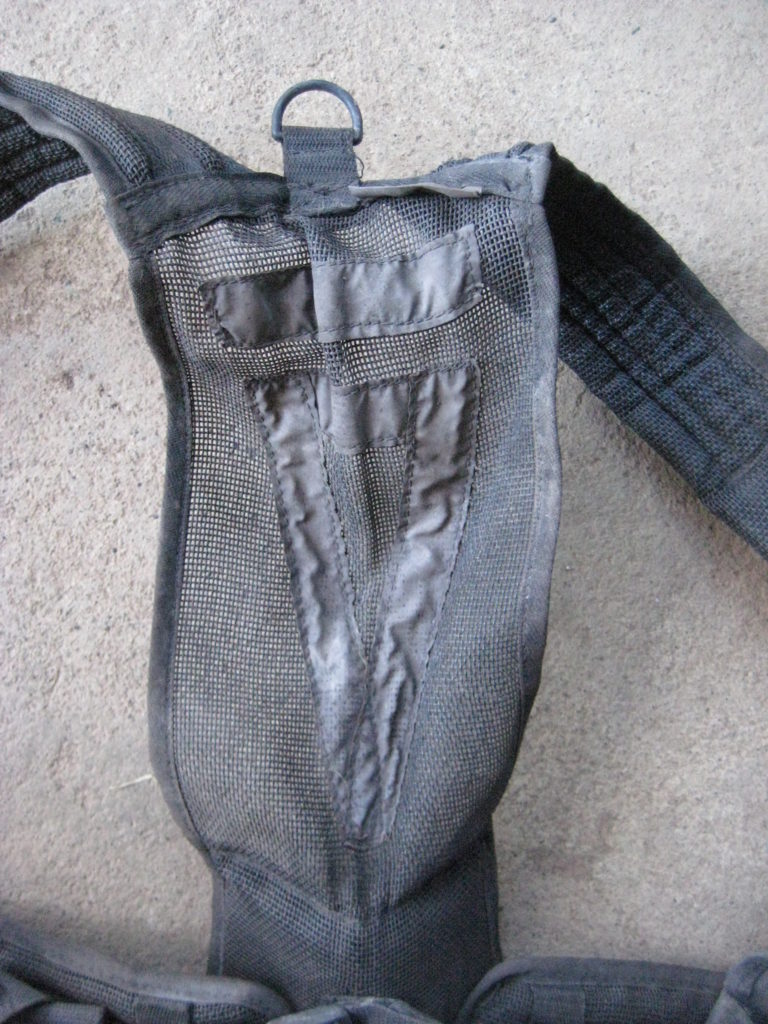
.
Unlike the original South African Assault vest, my version of the Techvest has no pouches on the back panel. It is a simple mesh harness with buckles to attach the side panels and some reflective Scotch guard panels for visual identification in low–visibility worksites.
On newer versions, the back panel has accessory pouches that can be zipped on or off.
All panels have a high density foam built into the structure to act as padding between the wearer and carried load. This greatly aids in comfort.
.
ACCESSORIES –
The Techvest comes with a tool loop that can be fitted to either side, depending upon the user’s preference and preferred hand. This tool loop is fitted between the GP pouch area of the side panel and the back panel.
.
.
PERSONAL ASSESSMENT:
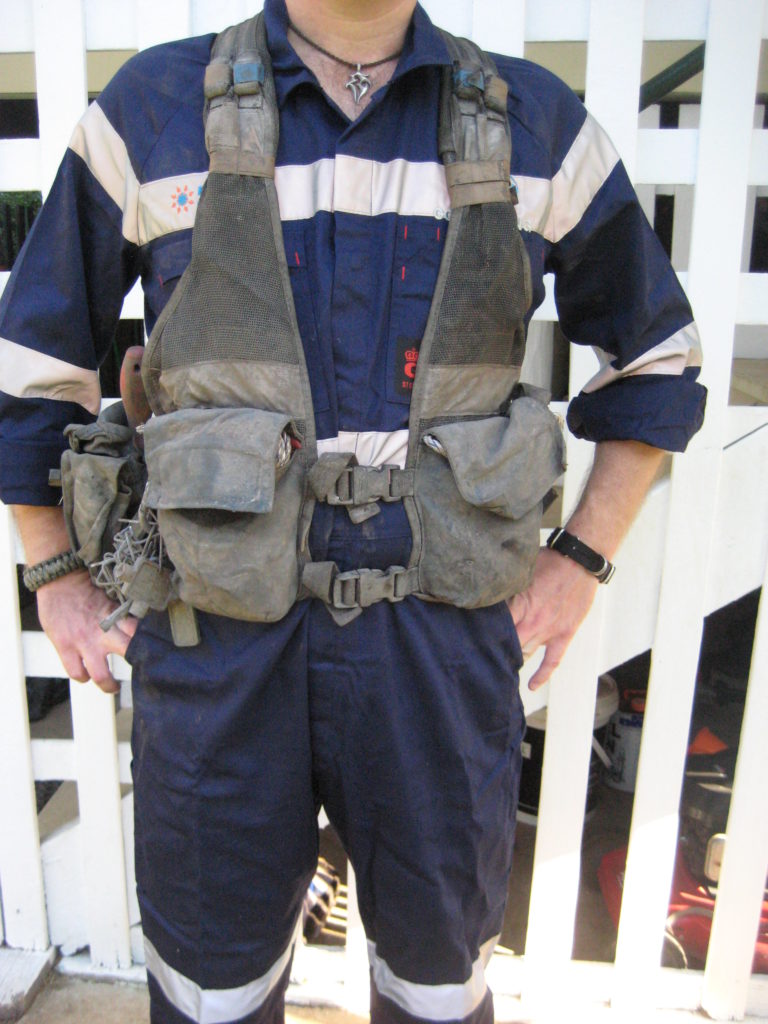
.

.
The Techvest is an adaptation of the old South African M83 pattern battle jacket combat assault/battle vest. The design has been modified for underground use to carry essential safety equipment.
In underground mining, the Tech Vest is considered a piece of PPE (Personal Protective Equipment) due to the requirement to carry two items of life-saving equipment described below:
The first item of this equipment is known as an SCSR (Self Contained Self Rescue) device which in essence is a re-breather unit that provides a portable closed circuit chemical oxygen generator and carbon dioxide absorber. This is essential when the surrounding atmosphere lacks oxygen, or is contaminated with toxic gases.
The most common SCSR units I’ve mostly carried (and thankfully only had to use in training scenarios) have been Drager and CSE units. These units tend to be approximately the size of a large binocular case and weigh a couple of kilograms. They are intended to provide a source of oxygen to facilitate the escape from the mine after a fire or explosion has rendered the environment toxic or oxygen–depleted.
The second item of life-saving equipment is the cap lamp battery. This is a lead-acid battery that provides power to the cap lamp worn on an underground workers helmet. Often this is the only source of time-keeping (via a digital display) and message bank system similar to the old pagers that first came out before the wide-spread use of mobile (cell) phones.
The cap lamp has two modes of operation (high and low beam), with battery life in the vicinity of 16-18 hours at continuously operating high-beam, which is a bit longer than the average work shift.
The average cap lamp battery is generally the same size as a large hardback book, and weighs approximately 3 kg (approximately 7lbs.).
Depending on one’s duties underground, a variety of hand-tools and measuring equipment may be stashed in the Tech Vest as well.
Hammers (generally rubber-coated or soft brass type to avoid sparks), pliers, shifters/adjusting spanners, rolls of electrical tape, minsup safety clips, zip-ties, screwdrivers and extra PPE (like gloves for several applications and safety glasses) are some of the more common items seen loaded in many Tech Vests.
.
Tool stowage:
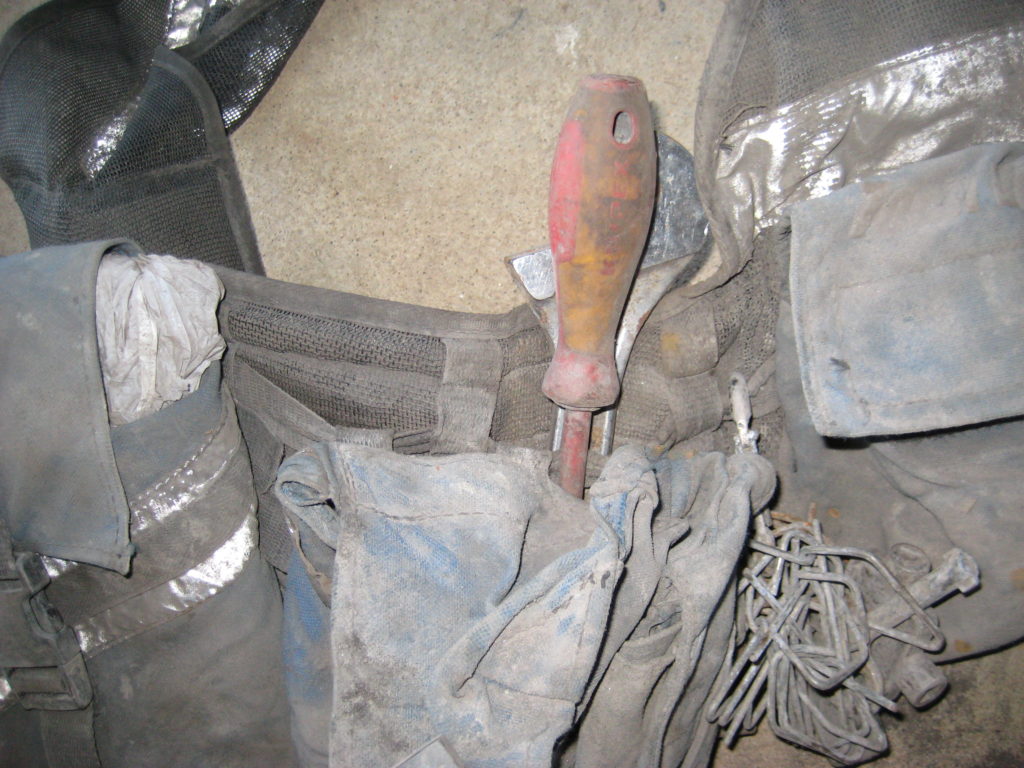
.
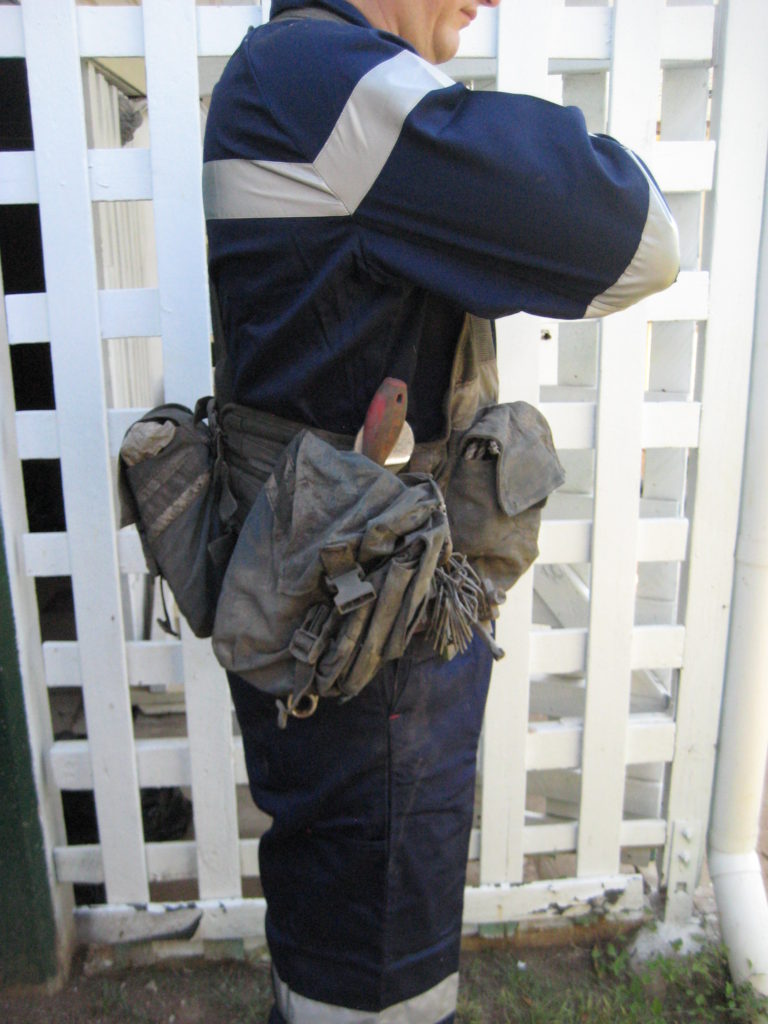
.
Drawing of tools:
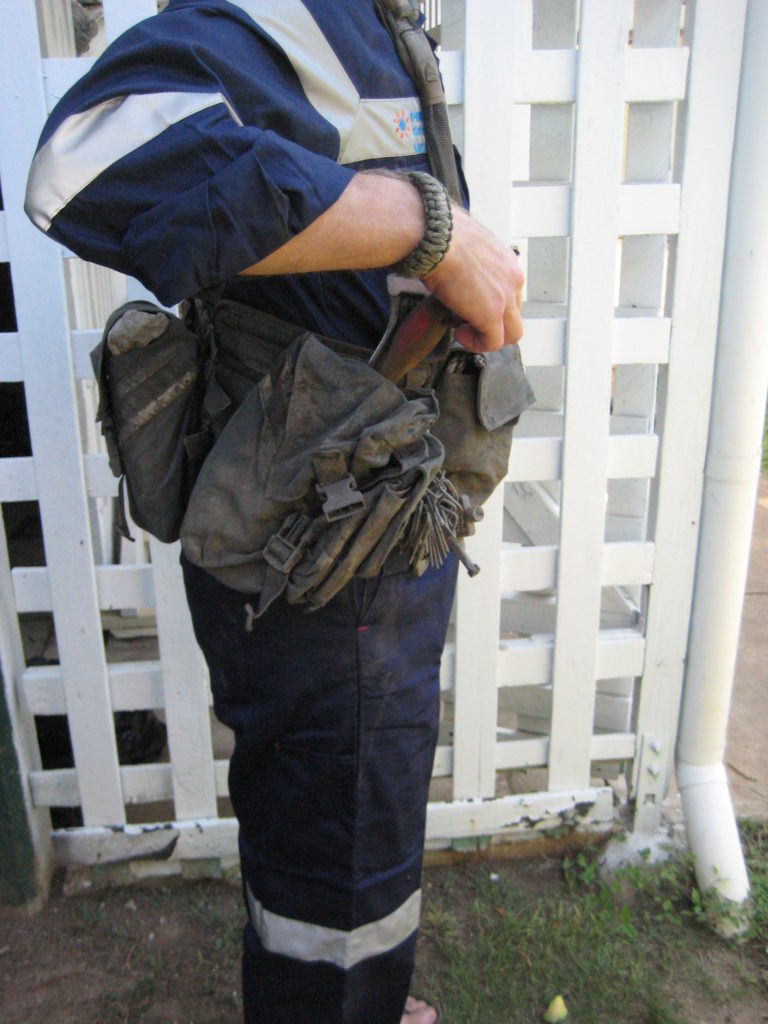
.
I personally carried a few more items depending on my role at the time. These extra items may have included air flow measuring devices, mechanical stop watches, wet bulb thermometers, measuring tapes, volumetric flasks, and electronic gas detectors.
Common pouch contents:
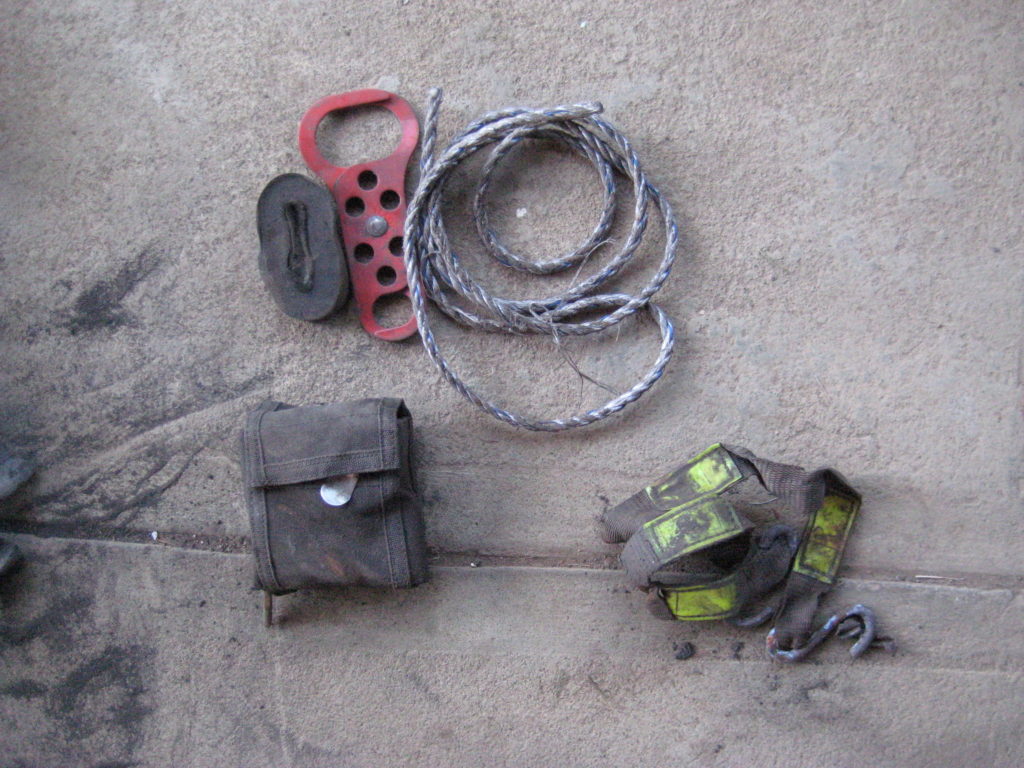
.
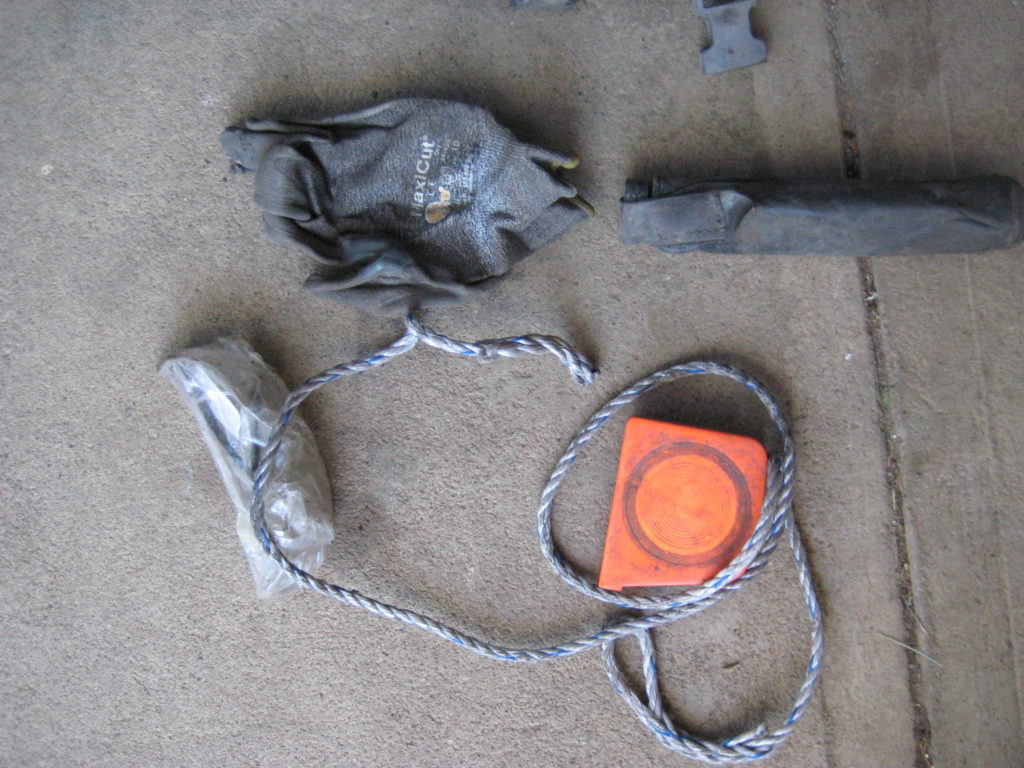
.
Minsup safety clip and personal safety lock stowage:
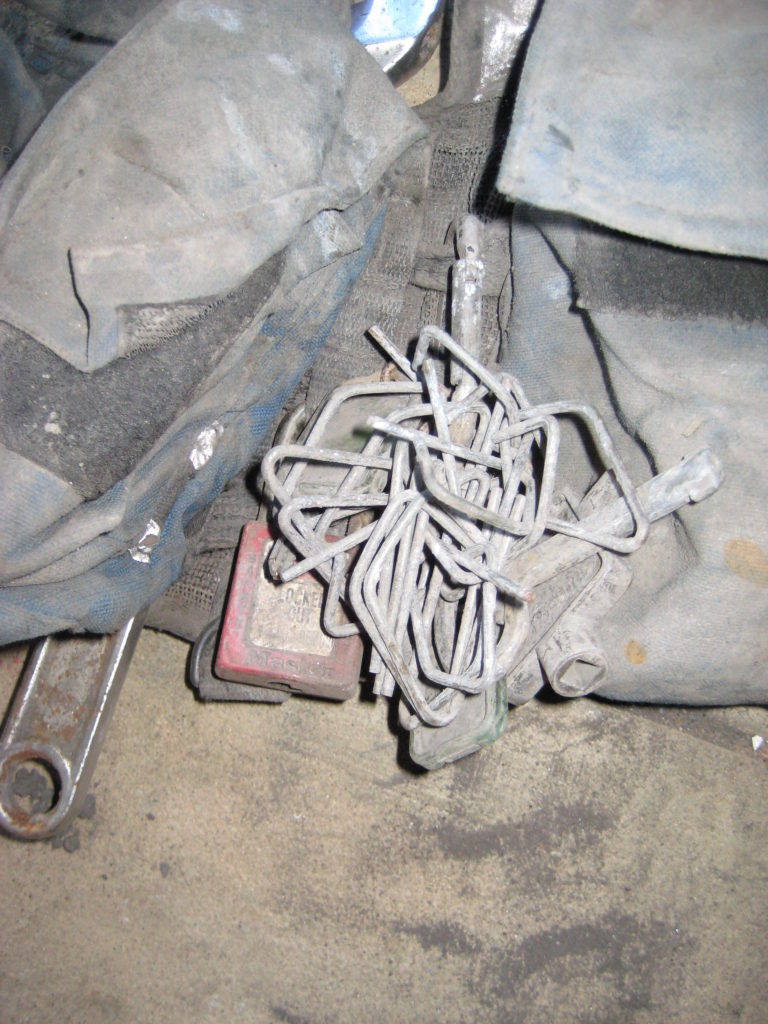
.
Strap Cutter stowage:
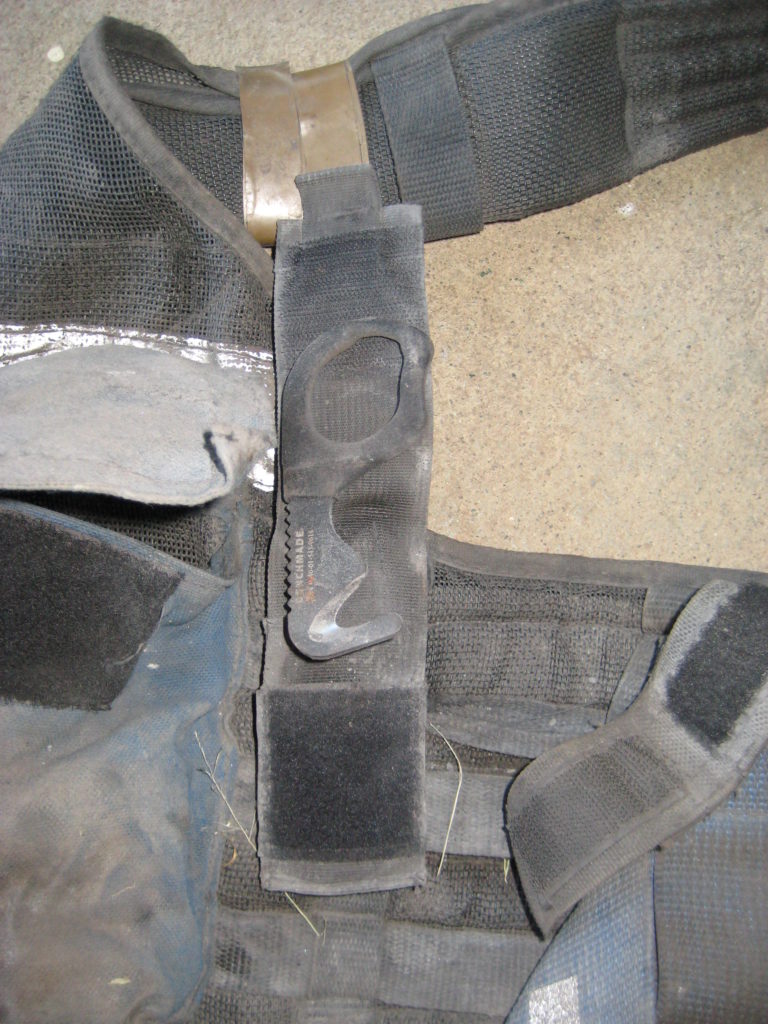
.
Extra personal items can include water bottles and lunch (aka crib).
It can be seen then that the Tech Vest fulfills a similar role to that of the webbing (or fighting order) in a military context, where emergency items, tools and immediate use items are stowed on the body at all times.
Like most fighting-order loads, most Tech Vests can weigh in at about ten kilograms (approximately 22 pounds) when fully loaded.
In use, the Techvest can be set up either as a belt with a good load-bearing harness, or as a load-bearing vest.
I personally preferred setting mine up as a high–ride load-bearing vest, so that I could keep my legs free. This made movement much easier, since having my legs clear enabled easier walking through bad terrain (deep mud and dust piles) and easier to climb (over obstacles, onto vehicles, through small man hole doors and portals etc) and easier to carry out other duties as lifting, porterage and the like.
In fact, I found it the height of irony during my time underground that I was conducting very similar roles and tasks that I had in the service: portering of consumable stores from logistics agencies to operational plant equipment, across bad terrain in the dark. The only major difference being the change to high-visibility PPE and equipment!
Examining the Techvest I was wearing at work, and my preferred chest rig the Smamit rig (seen HERE) on my own time, the similarities can be appreciated.
As can be seen of the pictures below of my old rig, it’s seen a bit of use and is slightly customised to suit my personal tastes and experience.
I replaced the side pouch for my SCSR re-breather, because the average unit I’d come across at a few different pits (underground mines) would use different sized SCSR units that wouldn’t fit into the original pouch.
The replaced pouch was placed onto the back of the harness as a general purpose pouch to carry a 1L water bottle, and other assorted odds and sods for the job at hand.
There is a lack of modularity compared to military purposed load bearing equipment I’ve used in the past, but this is more a reflection on the age of the design than of any particular shortcoming in the original vest.
It has been in the back of my mind for a few years now to develop an improved vest with more modern materials and design features.
.
PROS –
A quite well constructed adaptation of an old design.
.
CONS –
The lack of modularity for different pouches is a problem for this design.
The tool carrier loop, whilst a good idea, is not well executed. In real–world usage, the tool loop has proved to be unbalanced with a decent load of tools stored in it, and it has a tendency to swing in an uncomfortable manner when moving. There is a high chance of losing tools when using this accessory. This which could become an expensive prospect.
Thankfully, the attachment system of the pouches allows a variety of tools to be stored within the loops (as seen in the pictures above) in a far more secure and balanced manner.
.
.
SUMMARY:
Although a dated design, which could benefit from an update in design, features and materials, the Techvest is still a decent offering for carriage of PPE and work equipment in an underground setting.
I’m still thinking seriously about doing an updated version of this.
Posted in Civilian, Gear, Packs & Webbing, Specialist by 22F with 8 comments.
Leave a Reply